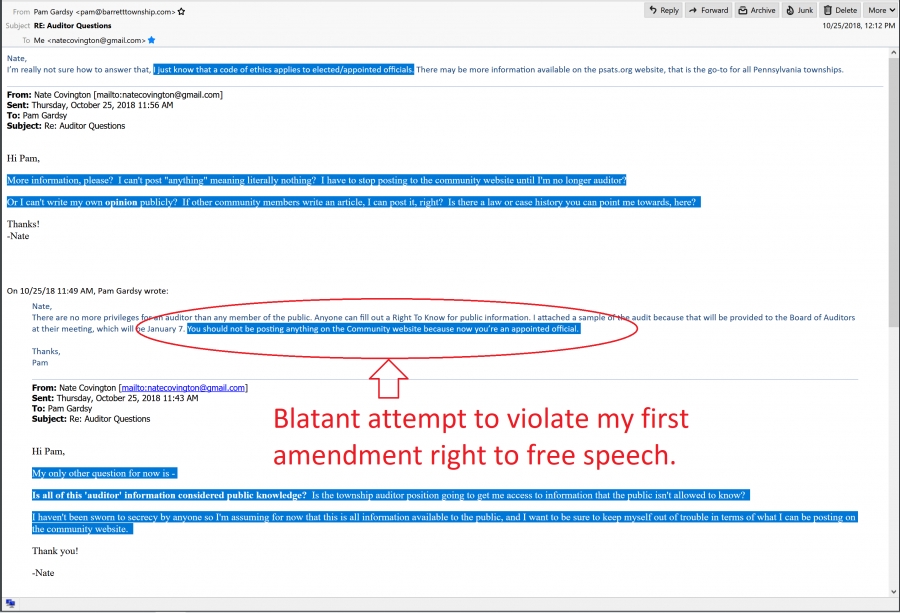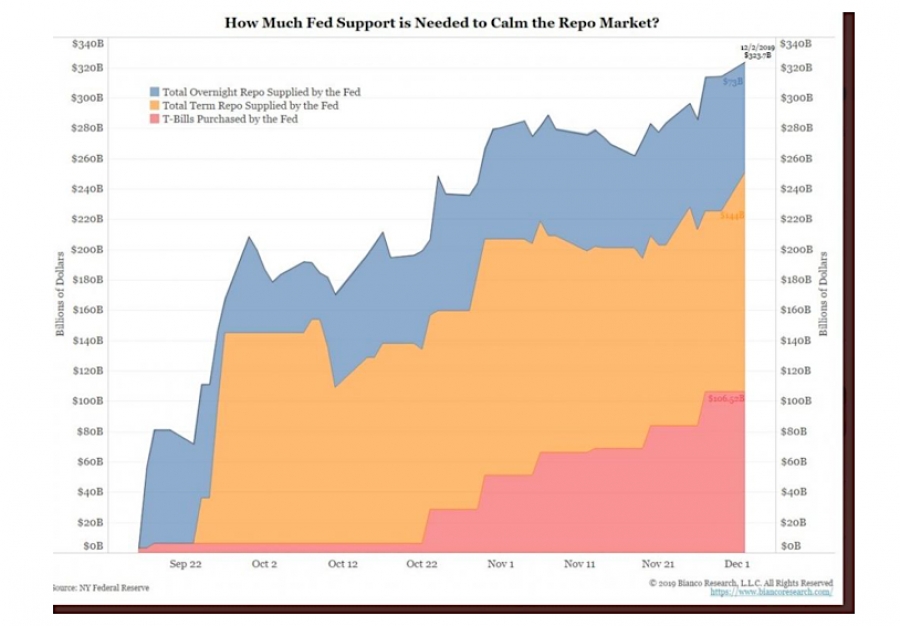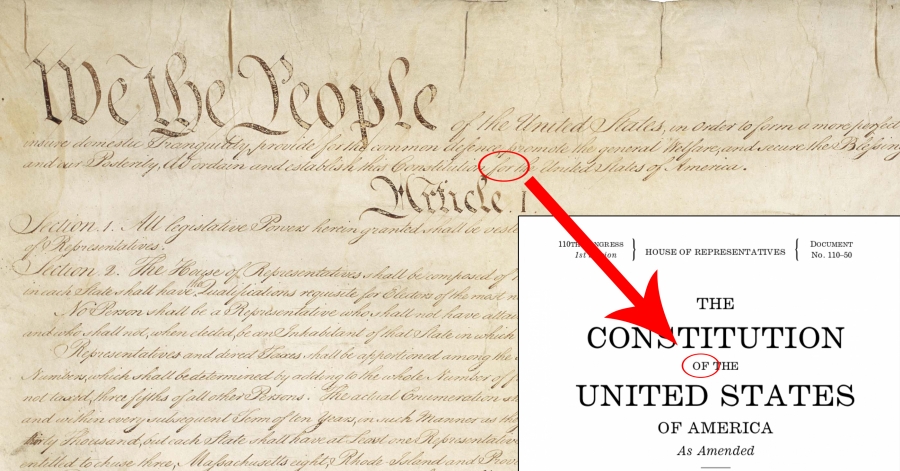Below is a typical example agenda:
- Call to order.
- Roll call of members present.
- Reading of minutes of last meeting.
- Officer’s reports.
- Committee reports.
- Special orders --- Important business previously designated for consideration at this meeting.
- Unfinished business.
- New business.
- Announcements.
- Adjournment.
The method used by members to express themselves is in the form of moving motions. A motion is a proposal that the entire membership act upon (or take an action) or a stand on an issue.
Individual members can:
- Call to order.
- Second motions.
- Debate motions.
- Vote on motions.
There are four Basic Types of Motions:
- Main Motions: The purpose of a main motion is to introduce items to the membership for their consideration. They cannot be made when any other motion is on the floor, and yield to privileged, subsidiary, and incidental motions.
- Subsidiary Motions: Their purpose is to change or affect how a main motion is handled and is voted on before a main motion.
- Privileged Motions: Their purpose is to bring up items that are urgent about special or important matters unrelated to pending business.
- Incidental Motions: Their purpose is to provide a means of questioning procedure concerning other motions and must be considered before the other motion.
How are Motions Presented?
- Obtaining the floor:
- Wait until the last speaker has finished.
- Rise and address the Chairman by saying, "Mr. Chairman, or Mr. President."
- Wait until the Chairman recognizes you.
- Make Your Motion:
- Speak in a clear and concise manner.
- Always state a motion affirmatively. Say, "I move that we ..." rather than, "I move that we do not ..."
- Avoid personalities and stay on your subject.
- Put your motion in writing if it is complicated
- Wait for Someone to Second Your Motion
- Another member will second your motion or the Chairman will call for a second.
- If there is no second to your motion it is lost.
- The Chairman States Your Motion
- The Chairman will say, "it has been moved and seconded that we ..." Thus, placing your motion before the membership for consideration and action.
- The membership then either debates your motion or may move directly to a vote. c. Once your motion is presented to the membership by the chairman it becomes "assembly property" and cannot be changed by you without the consent of the members.
- Expanding on Your Motion.
- The time for you to speak in favor of your motion is now, rather than at the time you present it.
- The mover is always allowed to speak first.
- All comments and debate must be directed to the chairman.
- Keep to the time limit for speaking that has been established.
- The mover may speak again only after other speakers are finished, unless called upon by the Chairman.
- Putting the Question to the Membership.
- The Chairman asks, "Are you ready to vote on the question?"
- If there is no more discussion, a vote is taken.
- On a motion to move the previous question may be adapted.
(see section below on voting)
- Decision is announced by the chair
- Appealed (optional)
Voting on a Motion
The method of vote on any motion depends on the situation and the by-laws of policy of your organization. There are five methods used to vote by most organizations, they are:
- By Voice -- The Chairman asks those in favor to say, "aye", those opposed to say "no". Any member may move for an exact count.
- By Roll Call -- Each member answers "yes" or "no" as his name is called. This method is used when a record of each person's vote is required.
- By General Consent -- When a motion is not likely to be opposed, the Chairman says, "if there is no objection ..." The membership shows agreement by their silence, however if one member says, "I object," the item must be put to a vote.
- By Division -- This is a slight verification of a voice vote. It does not require a count unless the chairman so desires. Members raise their hands or stand.
- By Ballot -- Members write their vote on a slip of paper, this method is used when secrecy is desired.
There are two other motions that are commonly used that relate to voting:
- Motion to Table -- This motion is often used in the attempt to "kill" a motion. The option is always present, however, to "take from the table", for reconsideration by the membership.
- Motion to Postpone Indefinitely -- This is often used as a means of parliamentary strategy and allows opponents of motion to test their strength without an actual vote being taken. Also, debate is once again open on the main motion.
Be sure to understand the difference! See FAQ #12
Parliamentary Procedure – is the best way to get things done at your meetings.
But it will only work if you use it properly.
- Allow motions that are in order.
- Have members obtain the floor properly.
- Speak clearly and concisely.
- Obey the rules of debate.
Most importantly, BE COURTEOUS. For Fair and Orderly Meetings & Conventions Provides common rules and procedures for deliberation and debate in order to place the whole membership on the same footing and speaking the same language. The conduct of ALL business is controlled by the general will of the whole membership - the right of the deliberate majority to decide. Complementary is the right of at least a strong minority to require the majority to be deliberate - to act according to its considered judgment AFTER a full and fair "working through" of the issues involved.
Robert's Rules provides for constructive and democratic meetings, to help, not hinder, the business of the assembly. Under no circumstances should "undue strictness" be allowed to intimidate members or limit full participation. The fundamental right of deliberative assemblies requires all questions to be thoroughly discussed before acting!
The assembly rules - they have the final say on everything!
Silence means consent!
Obtain the floor (the right to speak) by being the first to stand when the person speaking has finished; state Mr/Madam Chairperson.
Raising your hand means nothing and standing while another has the floor is out of order!
Must be recognized by the Chair before speaking!
Debate cannot begin until the Chair has stated the motion or resolution and asked, "are you ready for the question?"
If no one rises, the chair calls for the vote!
Before the motion is stated by the Chair (the question) members may suggest modification of the motion; the mover can modify as he pleases, or even withdraw the motion without consent of the seconder; if mover modifies, the seconder can withdraw the second.
The "immediately pending question" is the last question stated by the Chair!
Motion/Resolution - Amendment - Motion to Postpone · The member moving the "immediately pending question" is entitled to preference to the floor!
No member can speak twice to the same issue until everyone else wishing to speak has spoken to it once!
All remarks must be directed to the Chair.
Remarks must be courteous in language - avoid all personalities, never allude to others by name or to motives!
Quickstart Video:
Your Rights Video:
101 Training:
Further Reading:
Articles by Jonathan M Jacobs

















